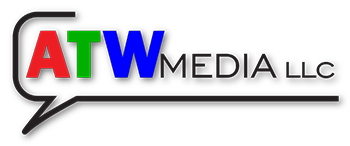Why can’t I get your station 600 am before 7:30 in the morning?
Posted/updated on: July 29, 2021 at 1:56 pmYours is a question we get frequently at this time of year as the sun begins rising later and setting earlier. You didn’t specify where you live in the area so my answer will be general in nature. But put simply, as the sun rises and sets, KTBB, like most AM radio stations, changes its power and the direction in which it more strongly radiates its signal.
A little technical information. Radio Frequency energy (RF) in what is commonly called the AM band (535 kHz to 1700 kHz) has a characteristic called the skywave. During the day, ionization of the atmosphere by the sun suppresses the skywave and your receiver detects only the groundwave. But at night, when solar energy is gone, the skywave is “free” to travel great distances. As a result, the skywave of a station in Tyler, Texas can cause severe interference for a station in a state as far away as either coast. The skywave effect diminishes with an increase in frequency (dial position). Therefore, a station that is low on the dial like KTBB at 600 kHz will have a very significant skywave component.
To deal with this physical property of AM radio, the Federal Communications Commission (FCC) allocated radio stations in the U.S. in such a way that some stations are fully powered both day and night, a great many stations are only on the air in the daytime and the rest operate at a higher power by day and a lower power by night.
KTBB is in the last group of stations. Our daytime power is 5,000 watts. Our nighttime power is 2,500 watts. We change power at local sunrise and local sunset. As you know, that time changes with the changing of the seasons. As I write this, our power-up time on KTBB is 7:30 a.m. and our power-down time is 7:45 p.m. As I mentioned, those times change as the seasons change.
As if that weren’t enough, KTBB, like most AM stations, uses a directional antenna system. Simply put, we radiate our signal more strongly in some directions than in others. This, too, is to provide protection from interference to stations in other communities that also operate on our frequency (600 kHz) as well as to stations in other communities that operate on frequencies adjacent to ours (580 kHz, 590 kHz, 610 kHz, and 620 kHz). Our directional pattern changes for daytime and nighttime operation at the same times that our power changes. Our pattern is such that we do not radiate as strongly to the east toward Longview at night as we do in the daytime.
The question that always follows is, “Well, can’t you do something to raise your power.” And the answer that must follow is, “No, we can’t.” The AM Table of Allotments for the United States is a giant jigsaw puzzle. What we do will affect our neighboring AM stations, which will affect their neighbors and so on. So what we have is for all intents and purposes fixed. I hope this answers your question.
You can view a table listing of the AVERAGE HOURS OF SUNRISE AND SUNSET by clicking on the link below:
http://www.ktbb.com/sunhours.php
I appreciate your interest.
Paul L. Gleiser
President




